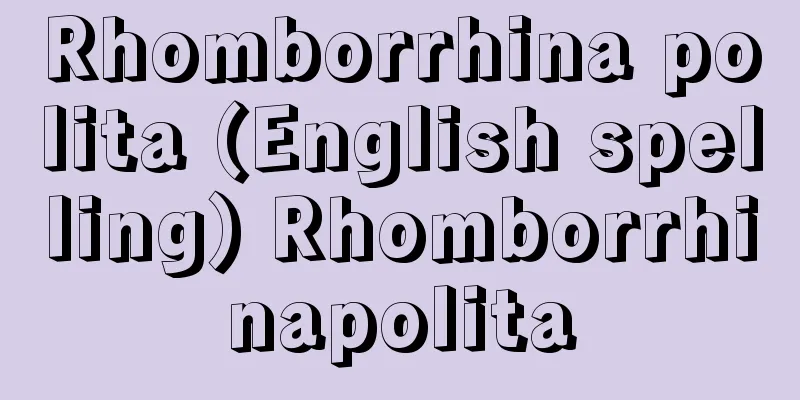Altamira

|
A cave on the northern slope of the Cantabrian Mountains in northern Spain. Cave paintings were discovered in 1879, and a 1902 investigation confirmed that they dated to the Late Paleolithic period. The paintings, which use red and black to depict animals such as wild buffaloes, wild boars, horses, and deer, also use techniques such as pointillism and shading. Registered as a World Heritage Site in 1985 and 2008. → Related articles Santander | Cave art | Breuil | Lascaux Source : Heibonsha Encyclopedia About MyPedia Information |
|
スペイン北部のカンタブリア山脈北斜面にある洞窟。1879年,洞窟絵画が発見され,1902年の調査で後期旧石器時代のものと確認された。赤黒の色彩を使って,野牛,イノシシ,馬,シカなどの躍動する姿が壁に描かれ,点描法や濃淡による陰影法などの手法も使われている。1985年と2008年世界文化遺産に登録。 →関連項目サンタンデル|洞窟美術|ブルイユ|ラスコー 出典 株式会社平凡社百科事典マイペディアについて 情報 |
Recommend
ESD - Electronic Storage Device
Education for sustainable development : Education ...
Tangled - Tangled
...The main knitting methods and their products a...
Pavane (English spelling)
A French court dance from the early 16th century. ...
Kamo no Suetaka - Duck Suetaka
Year of death: Tempo 12.10.9 (1841.11.21) Year of ...
Kiyama
This is the central area of Mashiki Town, Kamim...
Fassaite
…Some augites and diopsides contain a lot of alum...
Locust - Flying
This refers to grasshoppers that move in large sw...
Rayu (chili oil) - Rayu
A type of seasoning used in Chinese cuisine. It is...
Osteospermum
...The genus Di (two) morphe (shape) theca (wrap)...
Podicipedidae
…A general term for birds in the Podicipedidae fa...
Masatsuna Okochi
1576-1648 Azuchi-Toyotomi - A daimyo in the early...
State space
For example, in the case of the motion of a point ...
Jaguar - Jaguar (English spelling)
It is a member of the order Carnivora and family ...
The source of Mongolia - Moukogenryu
A Chinese history book. Eight volumes. Written by ...
Agata Inukai's sister - Agata Inukai's sister
Year of birth: Year of birth and death unknown. A ...









